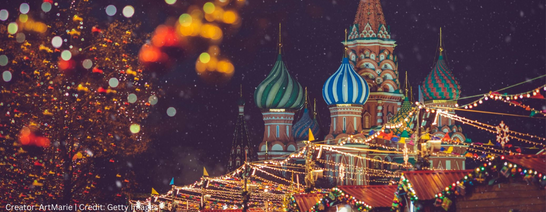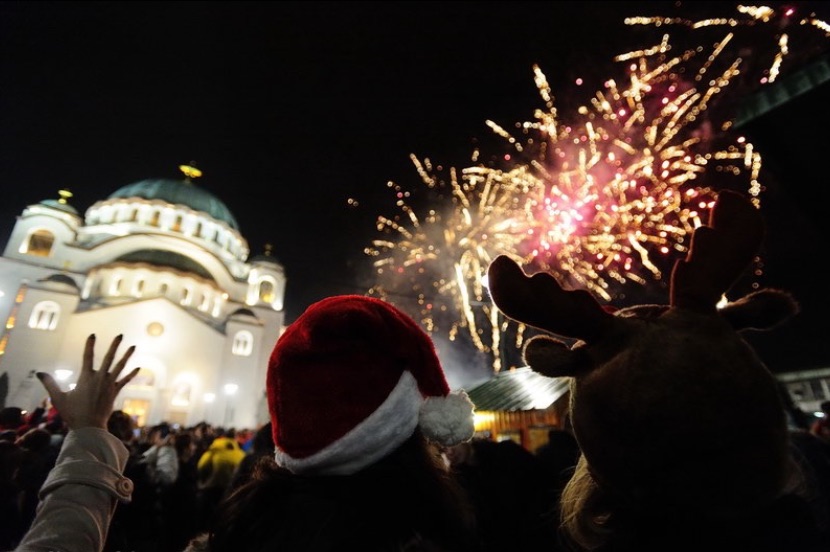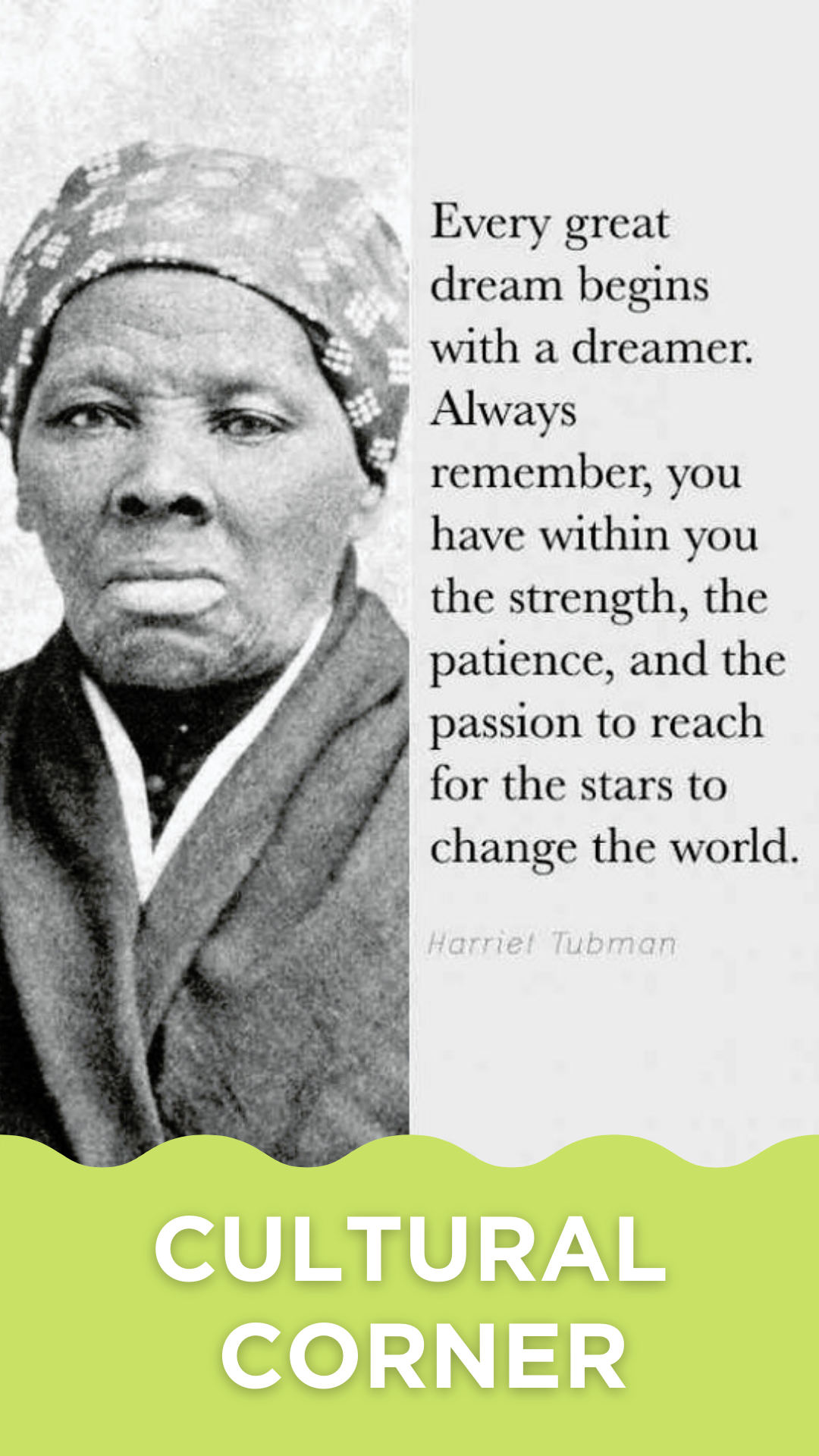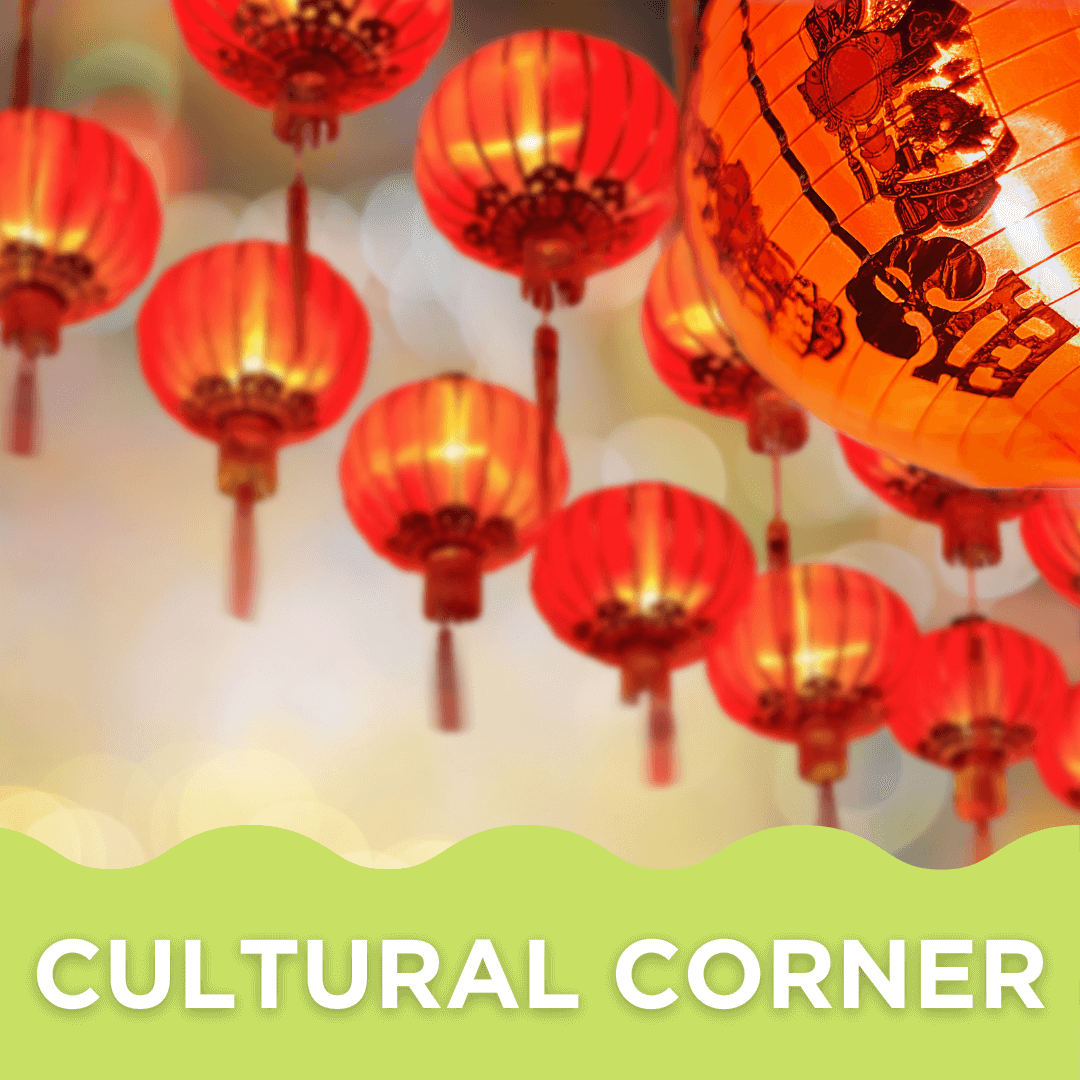Did You Know There is a Christmas In January?
Most of us, especially in the Western world, find ourselves in the Christmas spirit throughout the month of December- Christmas Trees, dinner with family, presents, Santa Claus, and Church service, all reminding us of togetherness and the birth of Jesus. But what if I told you there was a Christian faith that celebrated similarly a month later? Yes, there is! Orthodox Christians celebrate Christmas Day on January 7th and celebrate New Year’s Eve on January 13th. How could this be? Read on for more!

Julius Caesar introduced a calendar in 46 BC based on the advice of an Egyptian astronomer Sosigene, who had calculated the lunar year. But his measurements were wrong by about 11 minutes, and over the centuries, the dates of major Christian holidays had drifted so much that it became an issue. To fix this, the Gregorian calendar was introduced by Pope Gregory in 1582, and this one turns out to be the current one used today for Western culture, while the Julian is being used in Orthodox faith.
The holiday is celebrated with many of the same symbols and joys as those used for December 25th, such as Christmas trees, dinner with family, Church service, and gifts. But this holiday is also a special time of prayer and reflection. Many people celebrate over three days. There is also a 40-day fast that leads up to January 6th, which is abstinent of animal products. The fast is then concluded on Christmas Day, in which a big feast is prepared full of meats and cheeses!

Notary Public in Oakland County, Michigan












